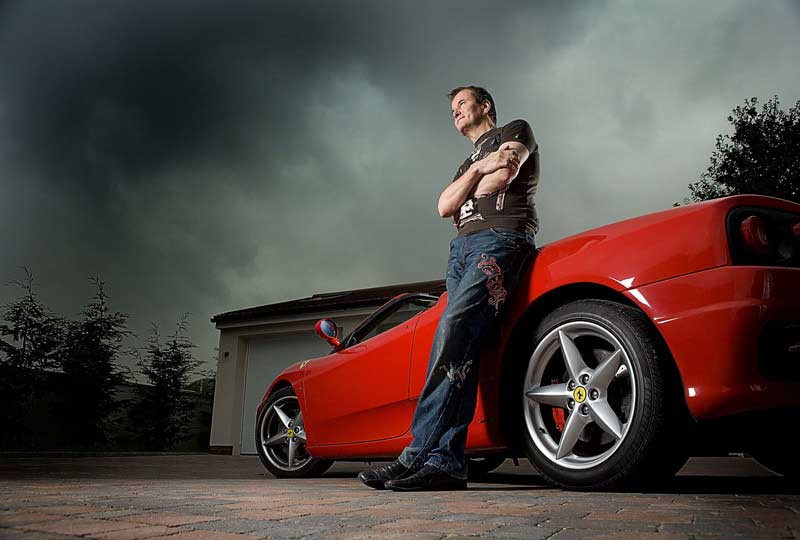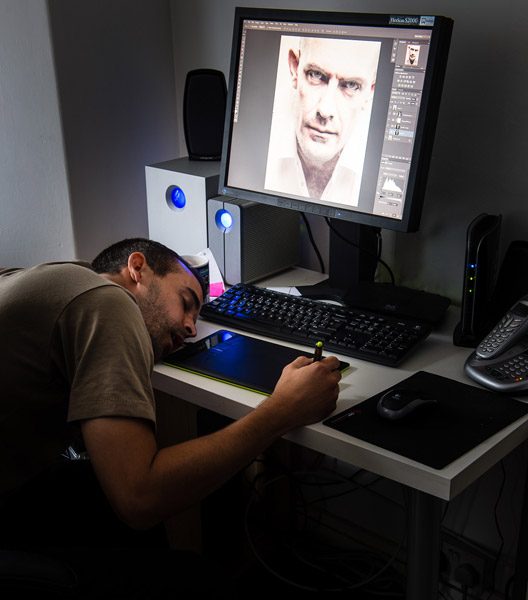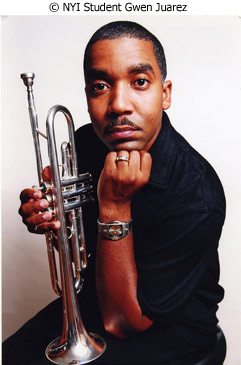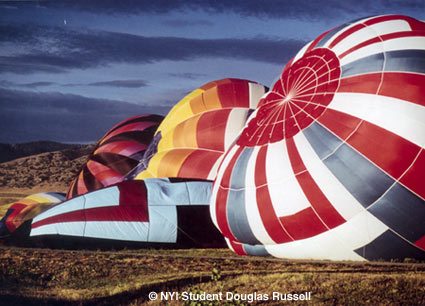Since NYIP articles are read by a wide range of people, I've had to pick my terminology very carefully for this post. I'm sure many of you know what I'm really saying when I use the phrase "You can't make a silk purse out of a sow's ear."
It's not enough to take a rubbish photograph, and then muck about with it in Photoshop for ages, adding filter after filter, hoping that the results will be acceptable. They won't. It'll look like you took a bad shot and tried to polish it. Likewise, it doesn't work at the camera stage. If you take a boring shot, shooting it through a fish eye lens doesn't make it any better. It's still boring, but now it's really distorted and boring. Well done.
Likewise, you can't mimic the "Dave Hill look" or the "Jill Greenberg look" (to give but two examples) by simply hitting your shot with, say, a load of high pass filter and a bit of reduced saturation. Post processing is inevitably a part of many photographers' workflow, but someone's look will be the result of everything they and the rest of the crew have done. Lens choice, lighting, hair and make-up, styling, location, and casting will all have a much larger role to play than many people think. You only have to browse through some of the forums on Flickr to see thousands of charming examples of this. "Look," cries someone, "I've done a Dave Hill shot!" No you haven't — you've taken a shot of your dog, and not a great shot at that, and you've pumped so much high pass filter onto it that it looks like its fur is on fire. Someone like Dave Hill brings together good lighting, styling, strong composition, and careful use of Photoshop to produce a stunning result. One element alone is not enough.

Here's how best to avoid this problem:
1. Know when you've taken a bad shot, admit defeat, and walk away from it. Go on, I know it's hard, but it's for the best. Put it down as a learning experience and move on.
2. Get a second opinion before you spend the entire night hunched over a screen retouching every pixel. I'd be the first to stress the importance of following your gut instinct, but there have been many times in my own career when it's taken a more objective observer to point out to me that I'm in the process of flogging the proverbial dead horse.

3. Get as much practice as you can with reverse engineering. For those not in the know, this involves examining a shot closely and then taking apart the visual clues so that you can discern what elements were brought together to make the image. (I'll be writing a guide to this in near future, so check back soon if it's new concept to you.) Now if you're trying to replicate something like this image, you're better placed to realise that it's probably much more than just one wacky technique that makes it an effective shot.
4. Make as much effort as possible before you press that shutter button to know what it is you're actually trying to get a picture of. I don't just mean, "I want to take a picture of my dog," but what you actually want to get across in the final picture. What are you trying to say about your dog — funny, cuddly, sleepy, scary? Now, once you've decided what you're trying to say, bring together your wealth of technical skill to get that message across, and resist the urge to throw the proverbial kitchen sink at it.

5. And on the subject of technique, I've talked before about not letting it lead you (Don't Let Technique Take Over). Instead, develop and practice your skills almost like an actor would go through rehearsals, and then when it comes to the "live show," you'll perform at your best.
High pass filters, cross processing, desaturation, vignettes, fish eye lenses, and the vast panoply of zany, wacky and far out things you can do to your shots all have their place. Generally that place is to be employed with restraint and used as part of your overall plan for the shot, rather than as a panic button after you realise you've taken a turkey. Or, as all professionals will secretly admit, they can be employed to dazzle a naïve and easily impressed client. Never done this myself though, oh no…

Bonus: If you want to learn more about photography and taking better photos, try a photography course from NYIP today! Request your free photo course catalog here.






